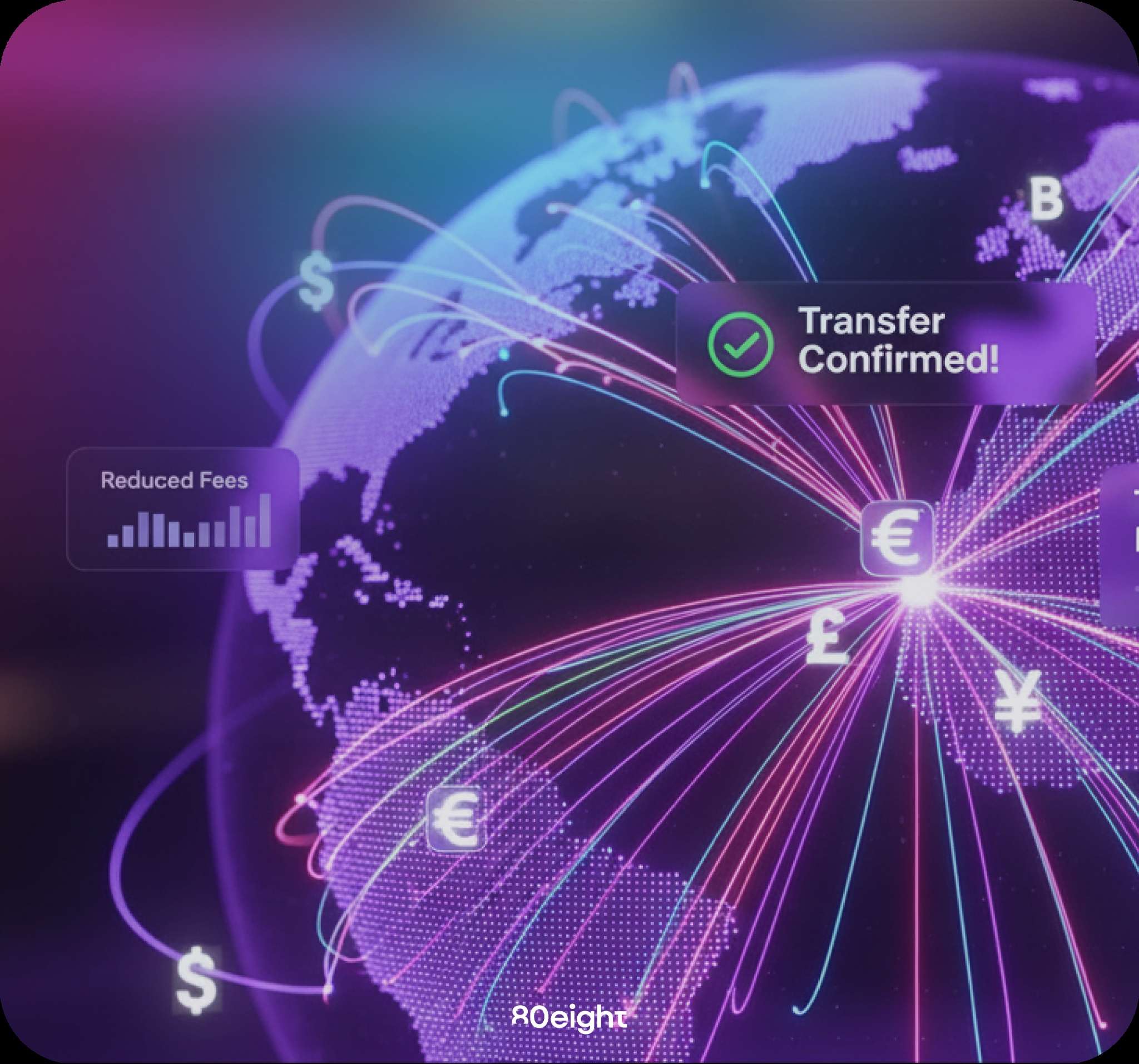Remittance Costs in South Africa and the Rise of Crypto Alternatives
The chart below from the World Bank shows the costs of sending remittances from South Africa.
SA comes in at a whopping 13.9% average cost for sending an amount of $200, which is the global average. The next most expensive is Brazil at 9.4%. The global average is 6.2%.

Source: World Bank
Why is South Africa So Expensive?
You might be wondering why SA is so expensive.
Because the banks control the flow of funds into and out of the country. The money transfer companies take their pricing cue from the banks.
When we drill down into remittance flows in Africa, some fascinating insights start to emerge. Remittance flows into sub-Saharan Africa increased about 2% in 2023 to $54 billion, with Mozambique nearly doubling its remittances received over 2022. Nigeria accounts for 38% of all remittances into sub-Saharan Africa.
“Fixed exchange rates and capital controls are diverting remittances to the region from official to unofficial channels,” says the World Bank.
Crypto as an Unofficial Channel
One of those unofficial channels is crypto.
It’s not hard to see why. “Sending money to some African countries, such as Angola, Botswana and Namibia, can sometimes cost as high as 20 per cent of the amount transferred,” says the United Nations.
Cryptocurrencies in the form of stablecoins are starting to gnaw into a market that has been a massive cash cow for the banks. Those days are coming to an end.
Crypto slashes the time and costs of transferring money. A typical transfer cost is about 1% and can be done in minutes, if not seconds.
As more remittances are shipped via crypto, we can expect the costs to fall even further.
Crypto in Action: The Case of Bitso
Bitso transferred $3.3 billion in remittances from the US to Mexico last year, up from $2 billion the year before. And all this was done at a cost of less than 1%.
The banks talk of making their services more inclusive, but crypto innovators are doing the job for them.










